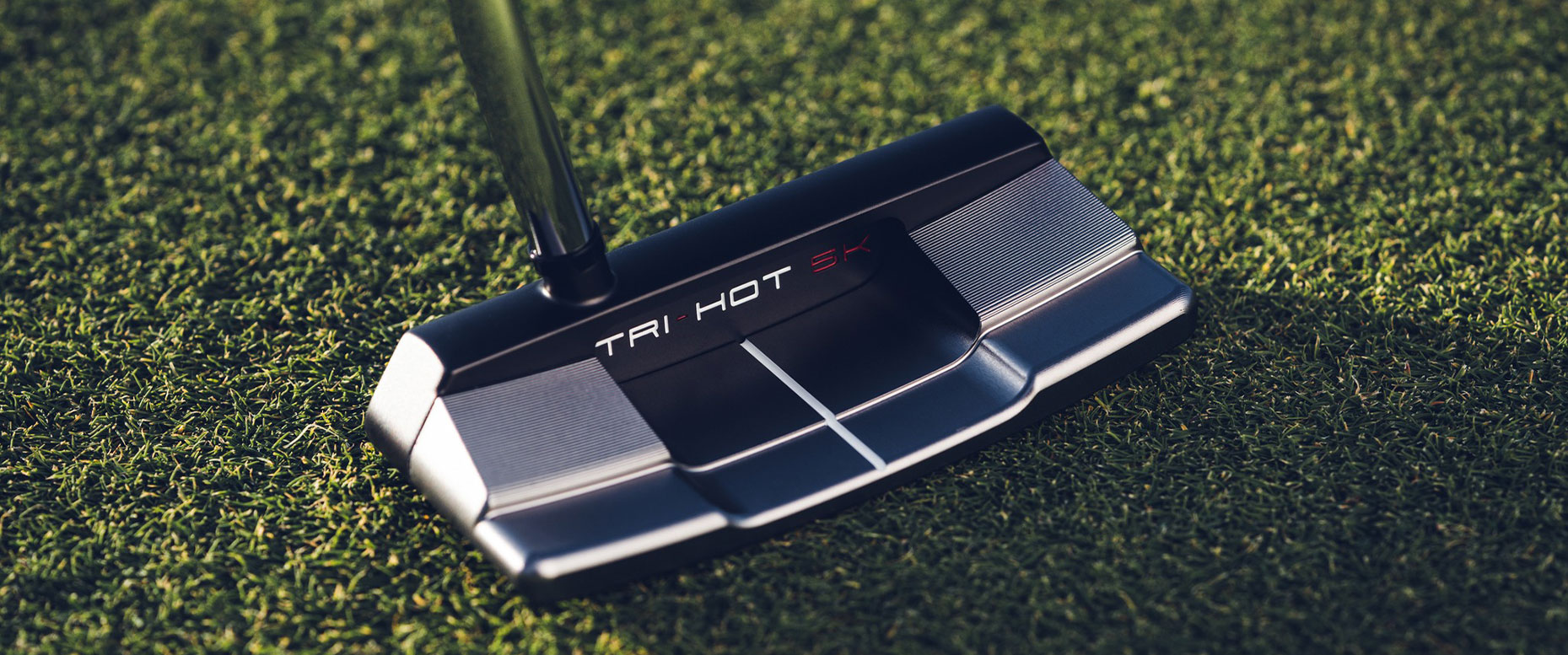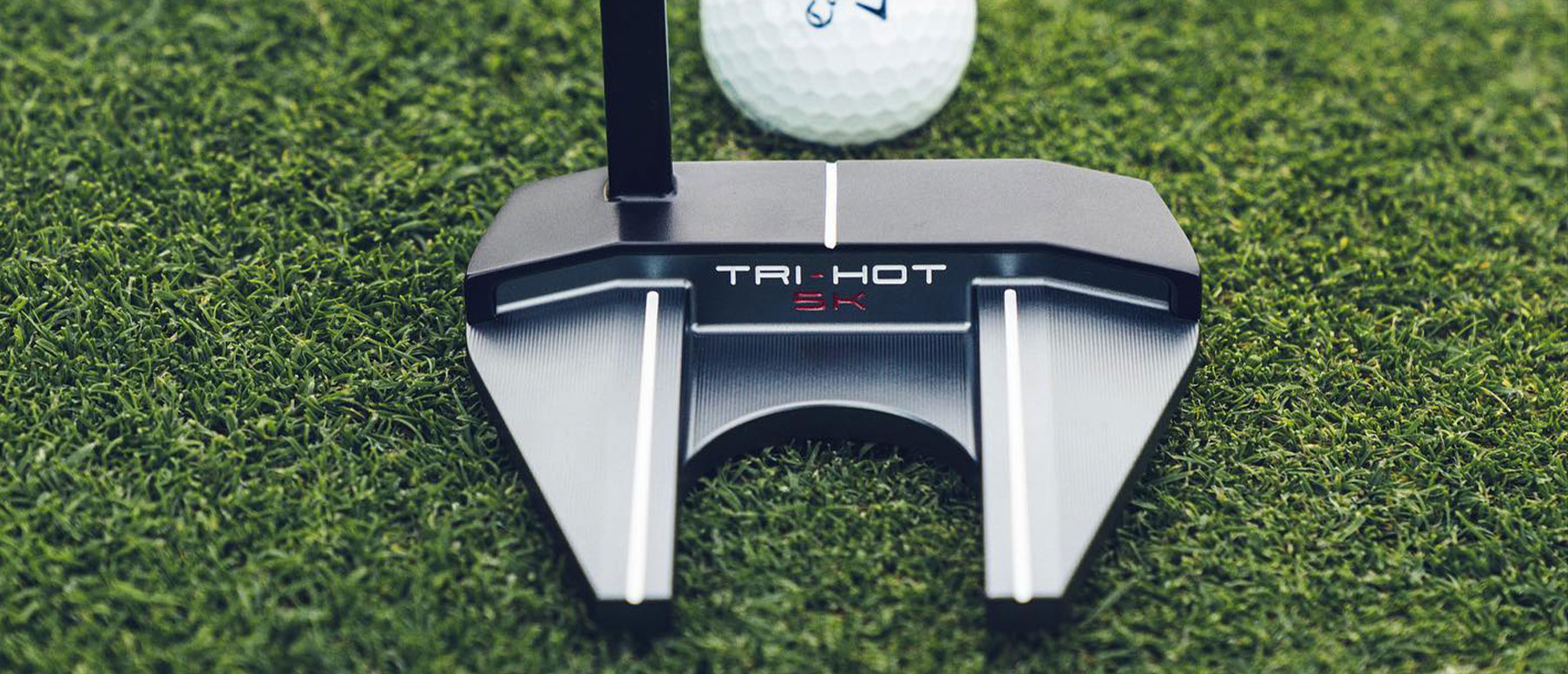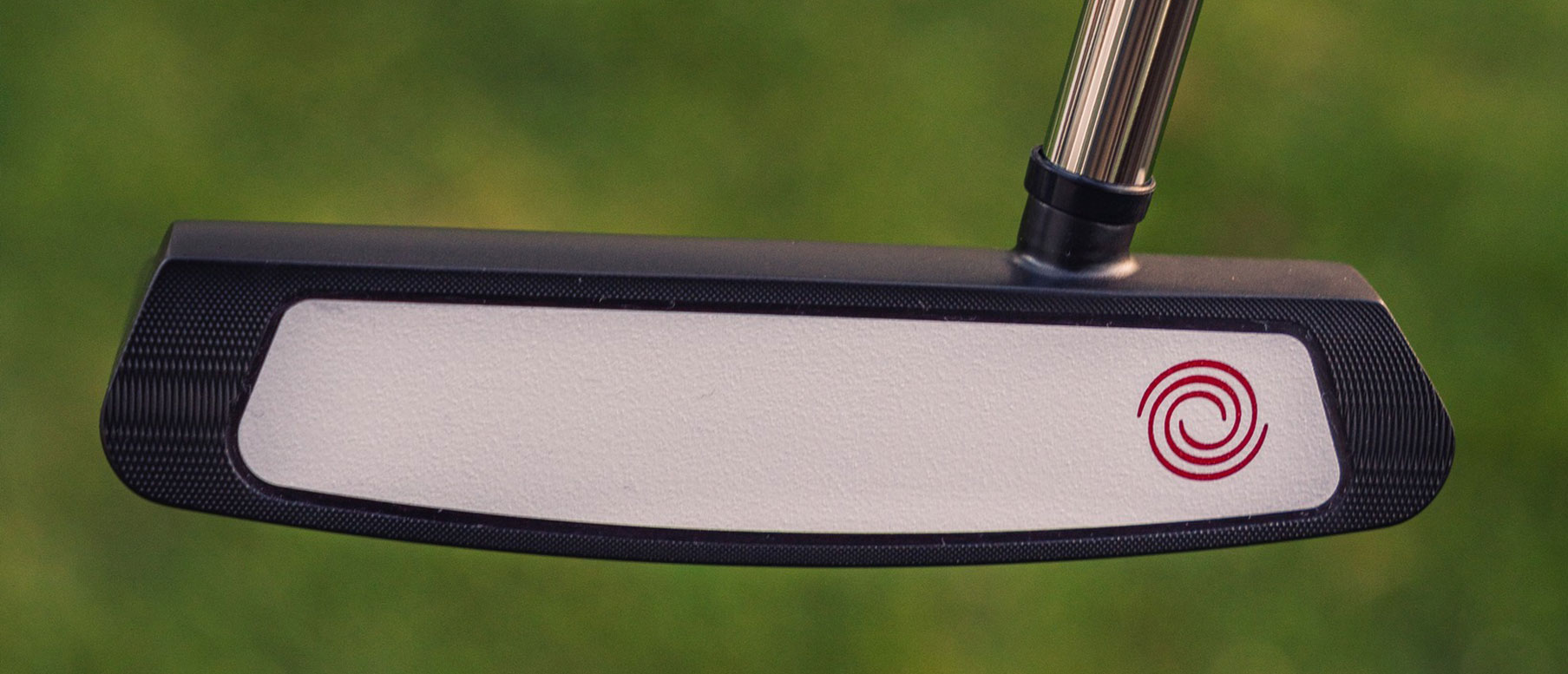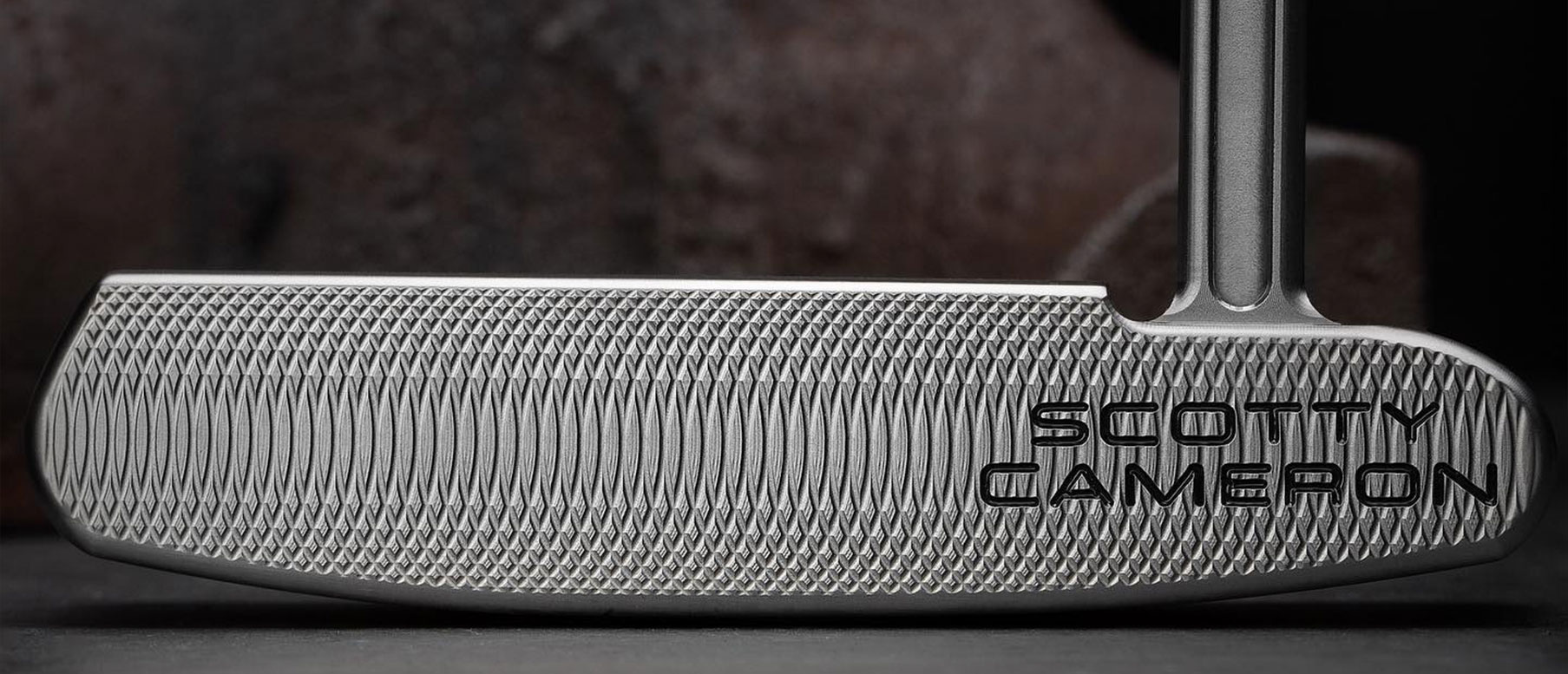Selecting the right putter involves personal preference and should be based on factors such as your stroke type, feel, alignment aids, and overall confidence at address. It is always recommended to try different putters and get fitted at a professional fitting center to find the best match for your game. You can book a putter fitting here:
To make sure that when purchasing a putter that matches your putting style you need to be aware of toe and face balancing.
What this means is where is the weight of the putter head primarily placed. If you take a putter and balance the shaft on your finger and notice that the furthest part of the clubhead is pointing towards the ground - that’s a putter with toe hang. If you do the same test with another putter and find that there is no movement and the face of the club is pointing straight up - face balanced.
Why is this important?
There are three types of putter head designs for you to choose from when selecting your putter.



Metal faced putters use materials such as steel, bronze, aluminium, brass, copper, zinc and titanium. Using these metals creates an extremely strong and solid feel. Steel is the most commonly used material that has a reputation for providing a hard, yet responsive strike that creates a solid and controlled feel.
One of the added benefits to having a face that is made entirely of metal is the volume of sound it creates when connecting with the ball. Immediately after connecting with the ball you will automatically hear the type of connection you have made, meaning that you will be able to hear and feel where the centre of your putter is.

Putters that feature an insert are basically a metal putter that has had the metal face replaced with a light-weight non-metal insert. Using a light insert means that the weight that has been saved can be redistributed around the head, heel and toe of the club, which increases the MOI and offers increased forgiveness.
A positive of using a putter that uses an insert in the face is that players are able to use a ball with a firmer cover while still having the same level of feel as they would if they were using a softer ball with a metal face.
A new technological advancement that is now being used is the Pureroll insert which has been designed to provide greater stability on putts while increasing the amount of topspin on the golf ball to create a greater relationship with the green for improved roll to minimises the effect of imperfections on the turf.
One of the drawbacks that people associate with an insert putter is that they do not produce the sound of a metal face. Most insert faces are designed to create a softer feel than traditionally designed steel faces, however some modern inserts are also designed to replicate the sound of steel clubs.

Putters that feature grooves on the face have been designed to increase the forward rolling motion of the ball immediately upon making contact with the ball.
When putting the ball there is a level of skidding, sliding, back spinning and sometimes even hopping of the ball before it gains traction on the green and starts to roll. These variables are the main causes of missed putts, even on shots that are struck in the right line.
The grooves in the face of these putters achieves forward rolling motion immediately after striking the ball by the grooves gripping the surface of the ball, lifting the ball out of its original rest position and creating a forward roll. This forward roll allows for immediate traction and a smoother trajectory to the hole.

Putters almost always have a steel shaft which provides a stronger and more consistent feel on the greens. The area where the shaft meets the putter head is called the hosel. There are three positions that the shaft can be placed on the putter.
Heel-shafted - For heel shafted putters the shaft connects directly with the putter head on the end of the putter that is closest to the player (the heel).
Centre-shafted - This shaft design features a hosel that connects to the head in the centre of the clubhead. This hosel placement is better suited for players who like to keep their eyes directly about the ball, take the club straight back on swings and play straight through the ball.
Hosel-offset - The offset features a hosel that is bent backwards to move the bottom of the shaft ahead in front of the face of the putter. This draws a players hands ahead of the ball during impact of the ball.
The length of the shaft you use on your putter has to take into account your height as well as your stroke to make sure that you have the right set up to create quality and consistent putts. Traditional (32 - 36 inches)
The most common length of putter helps to create a pendulum swinging in your putting stroke. This length of putter acts as an extension of a golfer's arm, so it is the perfect height to allow your arms to effortlessly hang down and grip the putter. Having this body placement enhances a players ability to create a stroke similar to that of a pendulum to create a putt that has as true a roll as possible.
There are other putters on the market such as the arm-lock grip putters that allow a golfer to place the putter handle up the inside of their forearm to avoid putts for players who tend to tweak their wrists on shots.
There are also much larger putters that were available, such as the Belly putter which ranged between 41 and 46 inches, or the Long putter that ranged from 48 to 52 inches. However both of these types of clubs have since been banned from use in competitions.
To determine whether you need a toe-hang or face-balanced putter, you need to consider your putting stroke type. Here's a summary:
Metal Face: Putters with metal faces, typically made of materials like steel, bronze, aluminum, or titanium, provide a solid and controlled feel. The sound and feel at impact can be distinctive, allowing you to determine the quality of your strike.
Insert Face Putter: These putters feature a non-metal insert in the face, which can redistribute weight to increase forgiveness and improve the moment of inertia (MOI). Inserts can offer a softer feel and may allow the use of firmer golf balls while still maintaining feel.
Groove Face: Putters with grooves on the face are designed to increase forward roll and reduce skidding and bouncing. The grooves grip the ball to promote immediate forward rolling motion upon impact.
Heel-Shafted: The shaft connects directly with the putter head on the end closest to the player (heel).
Center-Shafted: The hosel connects to the head in the center of the clubhead. This design is suitable for players who prefer to keep their eyes directly above the ball and have a straight back-and-through stroke.
Hosel-Offset: The hosel is bent backward to move the bottom of the shaft ahead of the face of the putter. This design positions a player's hands ahead of the ball at impact.
Traditionally the most common putter length is 34 inches with a common range from 32 to 36 inches. Remember, it's important to try different putters and get fitted to find the one that suits your stroke type, preferences, and helps you make consistent putts.
